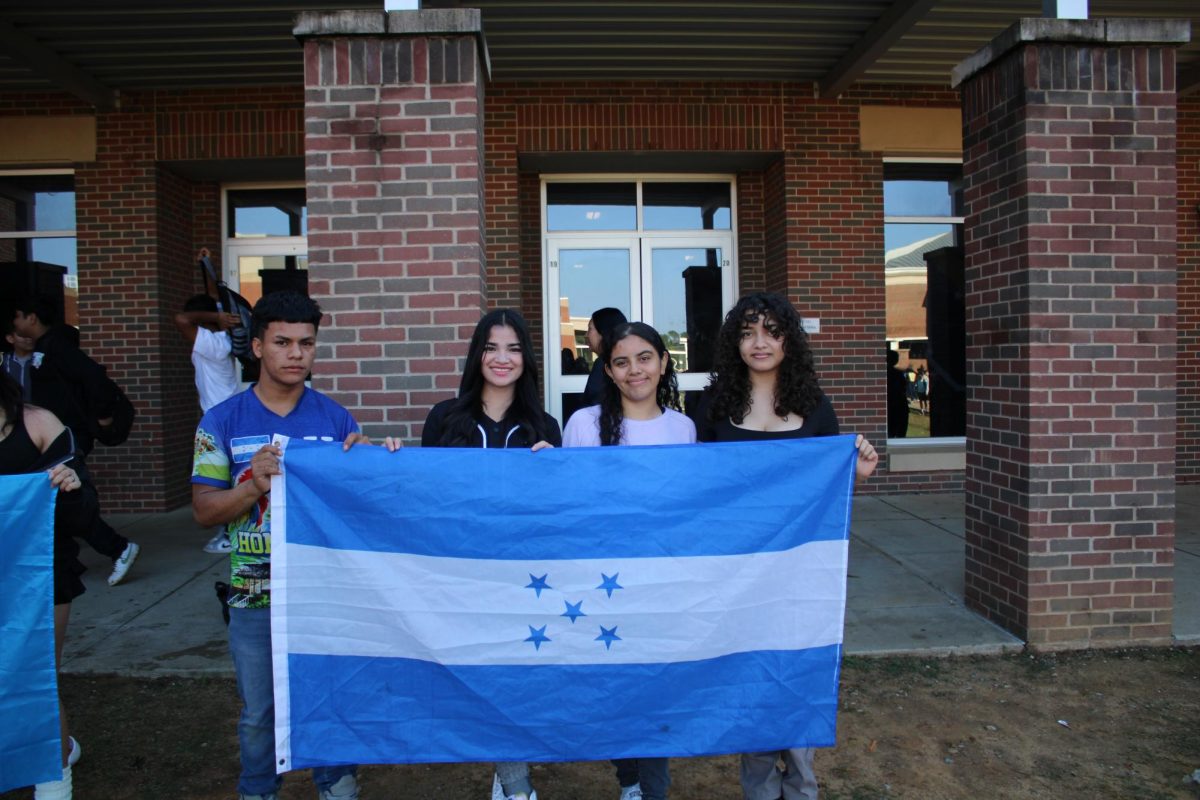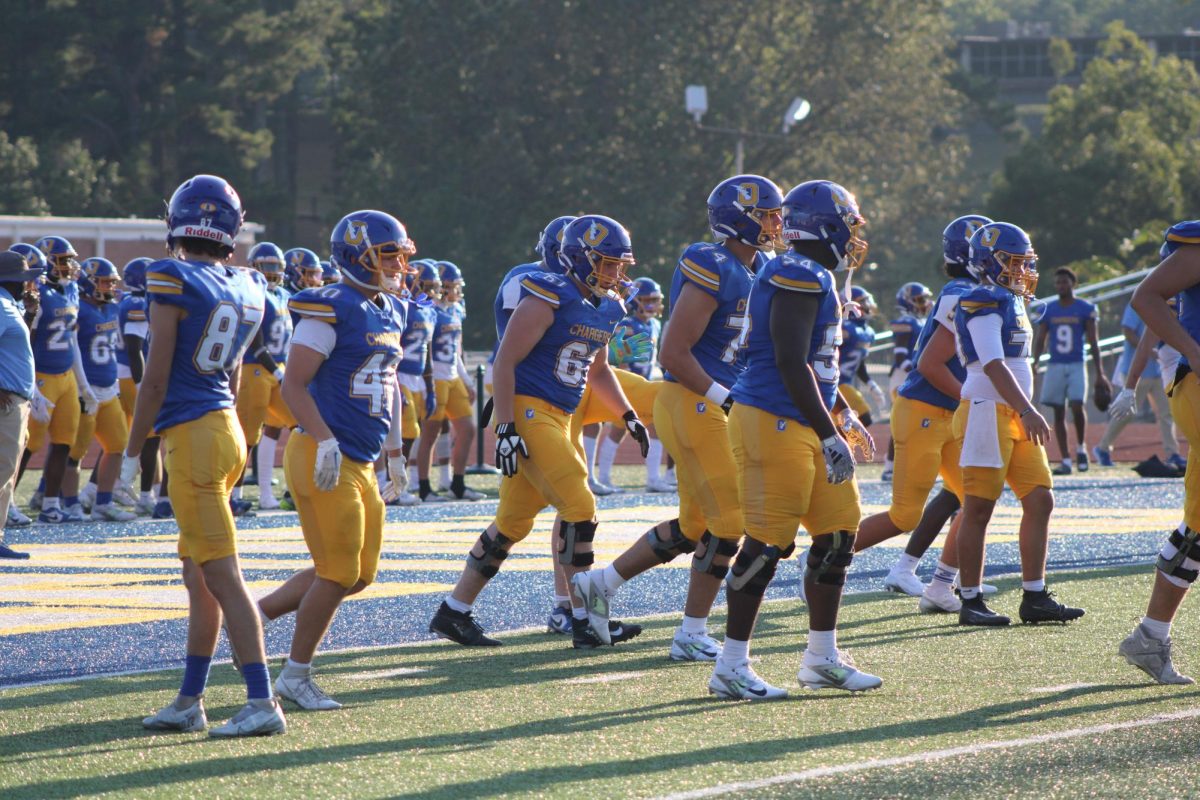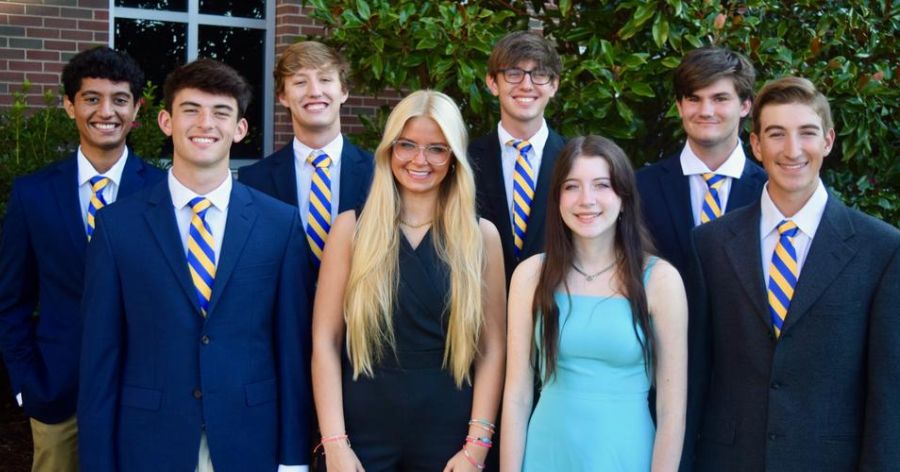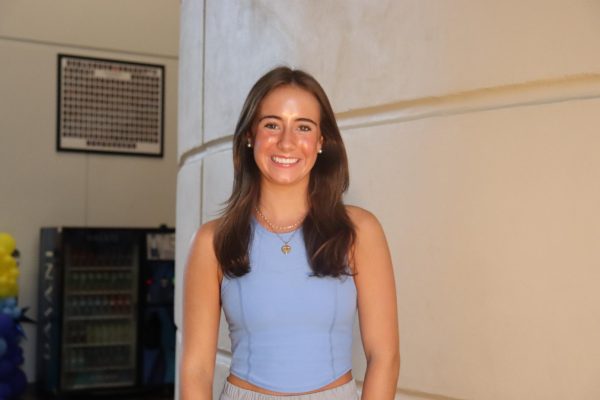National Hispanic Heritage Month is celebrated from Sept. 15 to Oct. 15 and it is very special to the Latino community at Oxford High School. This month acknowledges the culture and contributions of both Hispanic and Latino Americans. There are 126 kids with Hispanic heritage at Oxford High School and the numbers continue to grow every year. English language learning (ELL) teachers Tuesday Arizaga and Charlie Winnick find it important to celebrate their students’ heritage and pride, especially during this month.
To celebrate while learning, Arizaga and Winnick plan on having students complete a project about famous Spanish speakers in the United States, where each student will research a different person, their background, and how they became who they are today. The students learn about people who speak both Spanish and English, that live in the United States.
“Our students are from all over Central America, so even though someone might be famous in their country, it’s different here,” Winnick said.
Both teachers think that celebrating this month gives their students an opportunity to be proud of who they are and where they come from.
“It’s a difficult transition for many of our ELL students coming to Oxford High School,” Arizaga said. “When it comes to celebrating their country, it gives our students a sense of pride and they get excited about sharing the different aspects of their heritage.”
According to Winnick, it is important for the overall knowledge of Hispanic culture to be spread across the United States.
“America is one of the only places where you are accepted as both your heritage and American. America lets you be fully who you are whether it’s Mexican American, British American, etc.,” Winnick said. “Hispanic Heritage Month allows our students to celebrate this diversity and their freedom to be who they are, coming from Central America.”
Hispanic Heritage Month is significant to high school students with Hispanic heritage because it gives them a chance to be seen, when they feel out of place around other American students at school.
“For our students who are still learning English, there is always a temptation to hide since they might not say something exactly how an American would say it,” Winnick said.
Arizaga explains how difficult it can be for new ELL students. Students have to adapt to a different school, new classes, and a huge course load that they are not all used to. However, the dynamic between the non-native English speakers in the ELL classes has grown to be more supportive and they are all willing to help and care for each other.
“Most of our kids in the ELL program have gotten really close and they have become like a family that watches out for one another,” Arizaga said. “When it comes to the newcomers, our students who have been here for a couple of years are very helpful because they know what it’s like to be a new student and less acclimated than the others.”
Many of the ELL students have experienced a lot of change in just a short amount of time. The students who have moved from their home country to the United States recently have had no other option than to jump into a new curriculum and new classes. Both Arizaga and Winnick try to incorporate information into class that helps new students adapt quickly, by prioritizing teaching new students how to navigate technology early on because it can measure how successful a student is going to be.
“Language is its own hurdle but a big thing that our students struggle with is getting used to the technology we use in the Oxford School District,” Winnick said. “Some students come from limited access to technology, others just aren’t used to apple products or the platforms that we use as a school.”
In the past few years there has been more widespread community involvement with the ELL students, which is very important to Winnick and Arizaga.
“We are the people students go to in school and after school, but it helps when more people in the school become involved with our kids, checking on them and staying aware of them,” Winnick said.
Arizaga emphasizes her and Winnick’s importance in these students’ lives.
“We try to assist everyone with all of their needs, inside and outside of school,” Arizaga said. “It is crucial for our students to have an advocate for everything going on in their lives.”
Both teachers have a lot of students who are the oldest in their family, which gives the student hope for the future because their knowledge and motivation will be passed on to siblings and future generations. Along with many ELL seniors who will graduate this year which is also very impactful because it sets a bar for the younger kids.
“We always try to teach our students that they are not only doing this for themselves,” Winnick said. “Many of them, especially the seniors, are setting the standard for their families and the people around them.”









